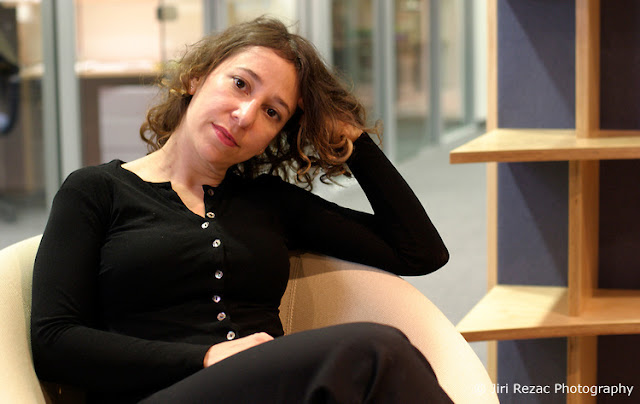
Examples of the latter include passing from differential geometry to differential topology or from conventional canonical general relativity on a fixed spatial topological manifold to its counterpart admitting topology change. Secondly, by passing from an upper level of structure being dynamical to a tower of levels of structure being dynamical. We consider this firstly by replacing an upper level of structure with a deeper one, such as passing from differential geometry to purely topological manifolds. In particular, we show that the current book’s Background Independence and Problem of Time study additionally very largely extends to further levels of structure. We thus consider Background Independence also at the level of topological manifolds, topological spaces, metric spaces and sets. The current epilogue entertains Riemann’s curiosity for other possibilities through to Isham’s identification that Background Independence arguments in Quantum Gravity have little reason to stop at the metric and differentiable levels. Humanity’s modelling of nature has hitherto almost always been at most dynamical at the metric and differentiable levels of structure. These examples illustrate how future satellite-based observations of the microwave background can determine the full geometry of the universe. We present correlated spheres which clearly show geometric pattern formation for compact flat universes as well as for the compact negatively curved space introduced by Weeks and another discovered by Best. To demonstrate how the geometry of space forms patterns in observations of the microwave sky, we develop a simple real-space approximation to estimate temperature correlations for any set of cosmological parameters and any global geometry. Whereas these patterns are usually washed out in statistical averages, we propose a scheme which uses the universe's spots to observe global geometry in a manner analogous to the use of multiple images of a gravitationally lensed quasar to study the geometry of the lens.


In a topologically compact universe, distinctive patterns are especially prominent in spatial correlations of the radiation temperature.

The global geometry of the universe can be revealed in the spatial distribution of these spots. The universe displays a three-dimensional pattern of hot and cold spots in the radiation remnant from the big bang.


 0 kommentar(er)
0 kommentar(er)
